You’re probably thinking why are there so many types of mochi in Japan. Well, you’re not alone. As a matter of fact, there might be more than what we know. Also, there seems to be a kind of mochi for every occasion. For example, locals make and serve Kashiwa Mochi during Tango no Sekku or Kodomo no Hi.
What is Kashiwa Mochi?
Of course, mochi is a huge part of Japanese culture. In fact, it has a long history of taking part in many relevant festivals and occasions. For instance, one of their traditions is eating mochi on New Year’s Eve. So, why do the Japanese eat mochi during New Year’s Eve? In addition to the reason that it gives them good health, it also provides great fortune in the coming year.
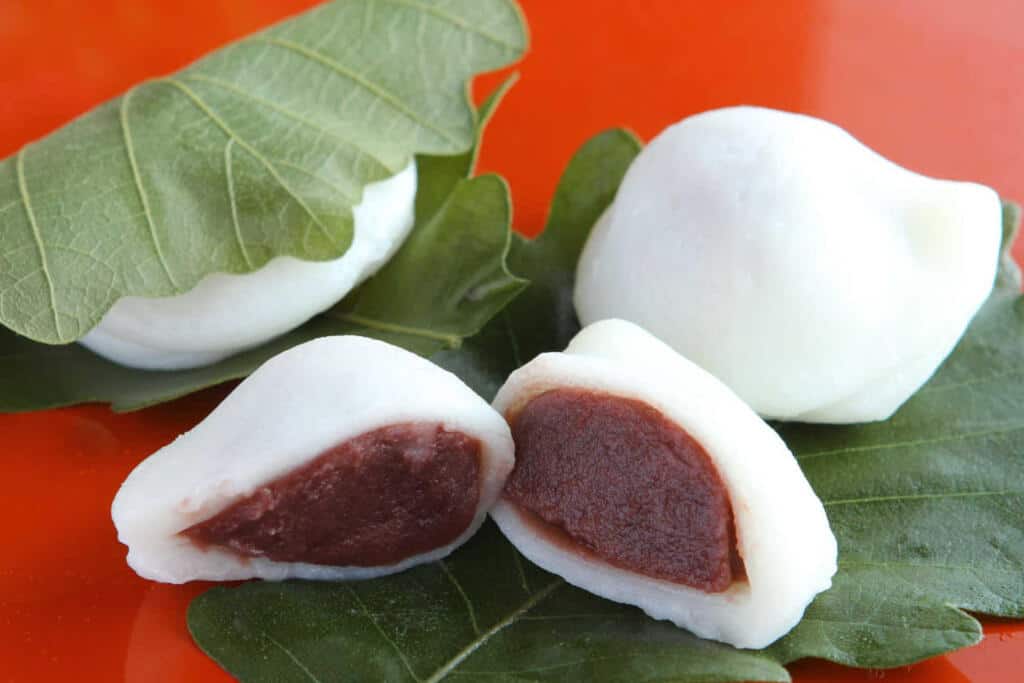
While there are many types of mochi out there, Kashiwa Mochi is special. It consists of white mochi with sweet anko (red bean paste) filling. It’s also wrapped with Kashiwa leaf just like Sakura Mochi. However, the two are not the same. Unlike in Sakura Mochi, people don’t eat the leaf in Kashiwa Mochi (oak leaf mochi).
Kashiwa Mochi tastes moderately sweet because of its anko filling. It’s also soft and chewy so children love to eat it as a snack.
What type of leaves are used to make Kashiwa Mochi?
Of course, Kashiwa or oak tree leaves is the primary choice to use. Locals from the Chubu region and north of Kanto often use this kind of leaf.
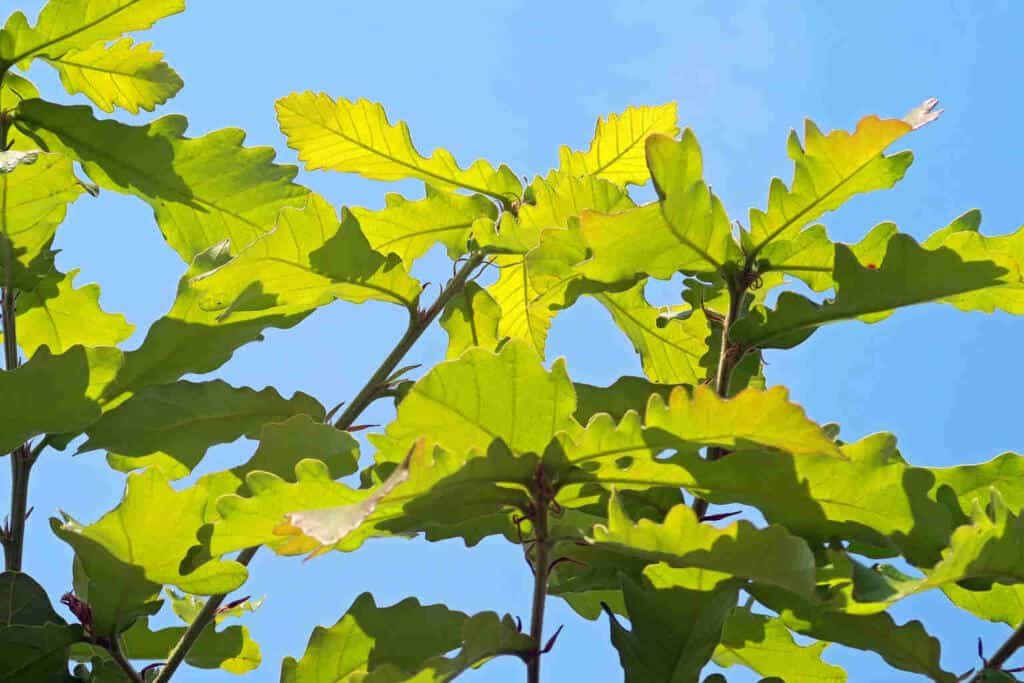
Meanwhile, Smilax China is also used in some areas, particularly in the Kanto region. The leaves of Smilax China are oval in shape and have short and pointed tips. Some people also opt to use this since it has a good scent and is also suitable for making Kashiwa Mochi.
History of Kashiwa Mochi
They said that people began making and eating it during the Edo period. Because of the characteristics of Kashiwa old leaves, many believed that they are auspicious. They compared the new shoots to children, while the old Kashiwa leaves are the parents. So, they believe that it brings prosperity to the descendants of the families.
Kashiwa Mochi is mainly spread in the Kanto and Kansai regions. Eventually, it became available all throughout the country.
Children’s Day
Children’s Day is a day that celebrates the happiness and welfare of children. It’s also the day when they give thanks and honor not just their mothers, but also their fathers. In addition, the people are showing respect for the different personalities of the children. Thus, it is a national holiday according to the law.
Even so, Japan is not the only country in the world that celebrates Children’s Day. In fact, people from across the globe celebrate World Children’s Day every 20th of November.
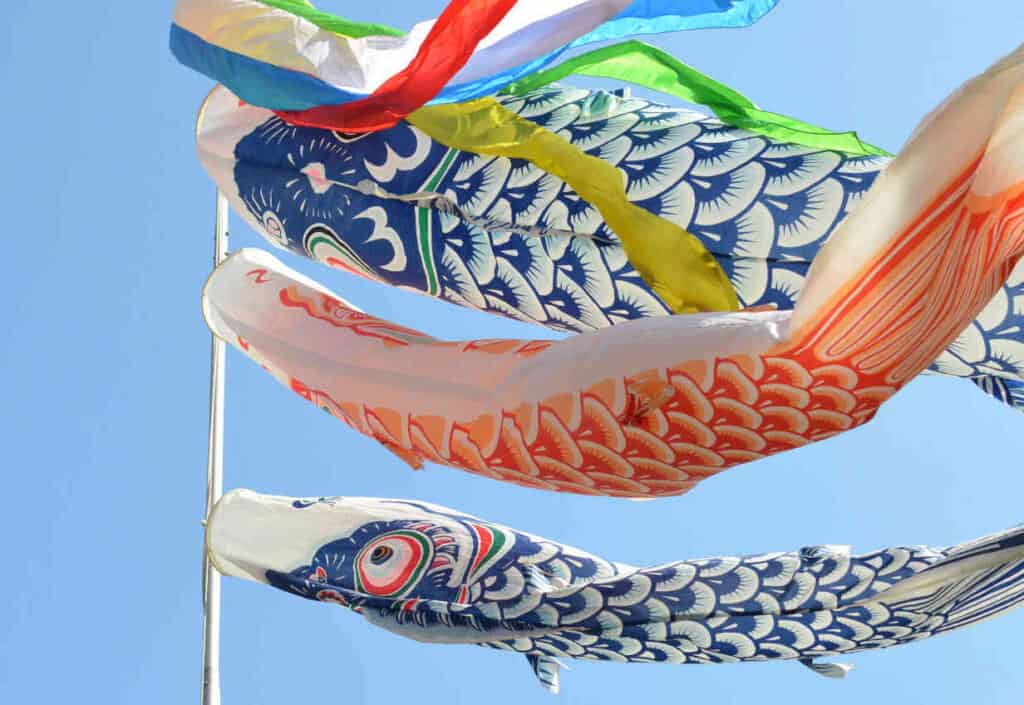
On the other hand, the Japanese celebrate Tango no Sekku (端午の節句) on May 5 as well. Locals also refer to this event as the Dragon Boat Festival. However, this was originally a Chinese tradition. Then, it came to Japan during the Nara period.
How do they celebrate Children’s Day in Japan?
To begin with, the locals are flying carp fish streamers or Koinobori (鯉のぼり). Together with the carp fish flags, they are also flying kites, especially outside the homes of boys. Because carp fish can swim upwards, it symbolizes courage and perseverance.
Carp fish streamers or Koinobori are different depending on the region.
The children can make their own Koinobori using colored tissue paper and coloring pens. They are also encouraged to fly their kites outside. In addition to that, adults measure the height of the children. With this in mind, they can have their own recording of how much they have grown.
Meanwhile, another activity is decorating the May doll. For example, armor decorations include bows and armor. While there is also the one that includes a brave helmet, the other one is the “samurai dolls”.
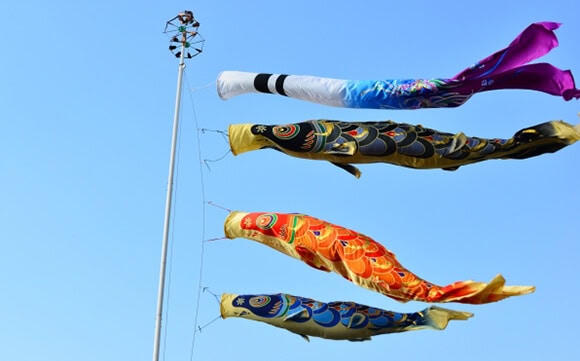
What do they eat during Children’s Day?
Kashiwa Mochi is the Children’s Day food. They believe that the Kashiwa leaf is auspicious so it brings prosperity to the children. As a matter of fact, the Kashiwa leaves don’t fall from the tree until new shoots grow. Moreover, they think that the wrapping of rice cake resembles the action of clapping when worshipping a god.
They also eat Chimaki on May 5th, but it’s mainly to celebrate the Dragon Boat Festival.
Kashiwa Mochi Recipe
Before anything else, let’s list down the ingredients for making oak leaf mochi.
Kashiwa Mochi Ingredients
| Good for 10 pcs. | |
| sweet rice flour (Shiratamako) | 50 g |
| short-grain rice flour (Joshinko) | 200 g |
| water | 350 ml |
| Kashiwa leaves | 10 pcs. |
| anko (sweet red bean paste) | appropriate amount |
Here’s an easy and modern way to recreate this Children’s Day favorite:
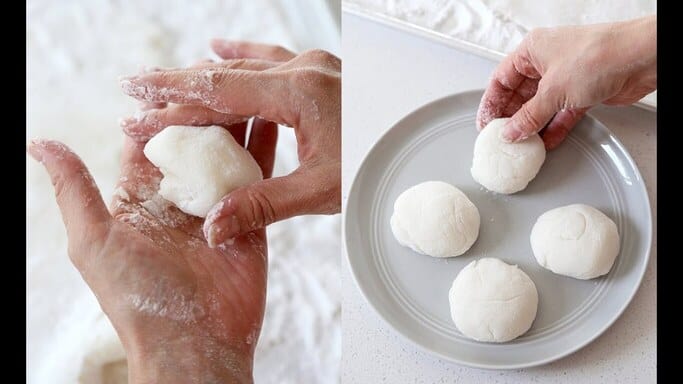
How to make Kashiwa Mochi?
Put sweet rice flour, short-grain flour, and water in a heat-resistant bowl, to begin with. As soon as the mixture is free from lumps, cover with cling wrap.
After that, heat in the microwave for three minutes (3 minutes). Take the bowl out and mix it gently. Then, heat it for another three minutes. Use a wet cloth to wrap the dough and remove the heat.
Once the dough is cool enough, knead until it comes together. Wrap again and leave it to further cool down.
As soon as the dough cools down, cut it into ten equal parts. Then, flatten the mochi and put the sweet red bean paste at the center. Close the mochi by pressing the edges gently. Lastly, wrap it with a clean Kashiwa leaf before serving.
Tips: In preparing the Kashiwa leaves, make sure to wash them thoroughly. Not only does this process cleans the leaves, but it also removes the salty taste of it. You can also put oil on the leaves to make them easier to peel off.
Kashiwa Mochi Health Facts
Health experts highly recommend moderation in eating this wagashi. Kashiwa Mochi cake is high in calories in the same way other kinds of mochi do. In fact, its calorie content is as high as 70 for every serving. The great thing about it is that it doesn’t contain fat. However, Kashiwa Mochi has about 15 g of carbohydrates for every 50 g.
Where to buy it?
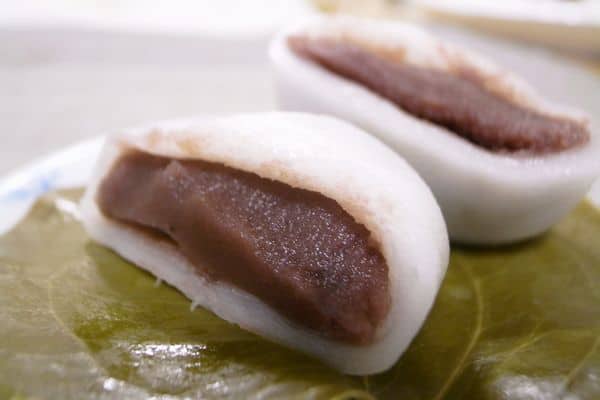
As Children’s Day approaches, local restaurants and stores start offering Kashiwa Mochi for a limited time. Moreover, online shops are selling this on their websites as well. But it’s important to take note that it can only stay edible for one day at room temperature.
Taneya Nihonbashi Takashimaya store (たねや日本橋高島屋店)
Taneya is a famous Japanese confectionery store that is popular not just in Tokyo, but also outside. They offer three types of Kashiwa Mochi including their popular white miso paste. They usually start selling by the first week of April and end by May 5th.
Toraya Tokyo
The store is quite easy to find as it is located inside the Tokyo station. Thus, local workers would sometimes drop by after work to purchase Kashiwa Mochi. They also have a relaxing dining area for those who would like to stay and enjoy their sweet treats at the store. Toraya Tokyo’s anko filling is smooth and has moderate sweetness.
Despite the number of stores selling Kashiwa Mochi cake, the tradition of Japanese families cooking this at home still lives on. Since May 5th is a holiday, families exert effort in making Kashiwa Mochi so they can serve it during family gatherings.
Conclusion
Kashiwa Mochi is a Children’s Day food. The Japanese believe that the leaf itself is auspicious so it has become their tradition to serve it every 5th day of May. It’s a kind of mochi with sweet red bean paste filling and wrapped with Kashiwa leaves. People don’t eat the leaf of Kashiwa Mochi unlike in Sakura Mochi.
Check and learn more about the different kinds of mochi in Japan by clicking this link. Follow us on Facebook to stay updated with our latest food recommendations!
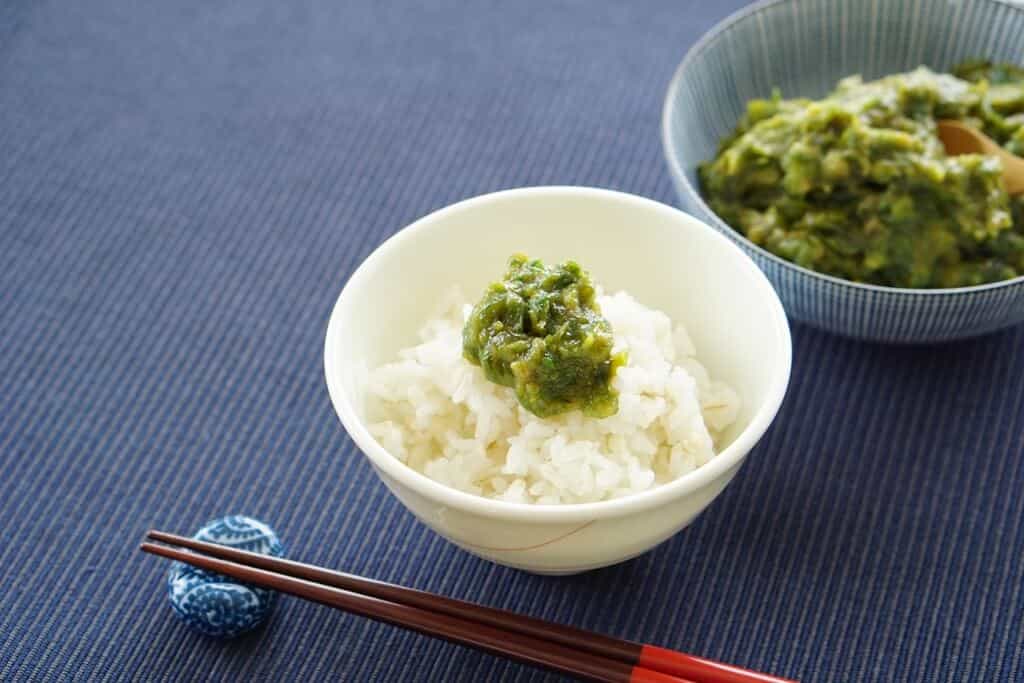
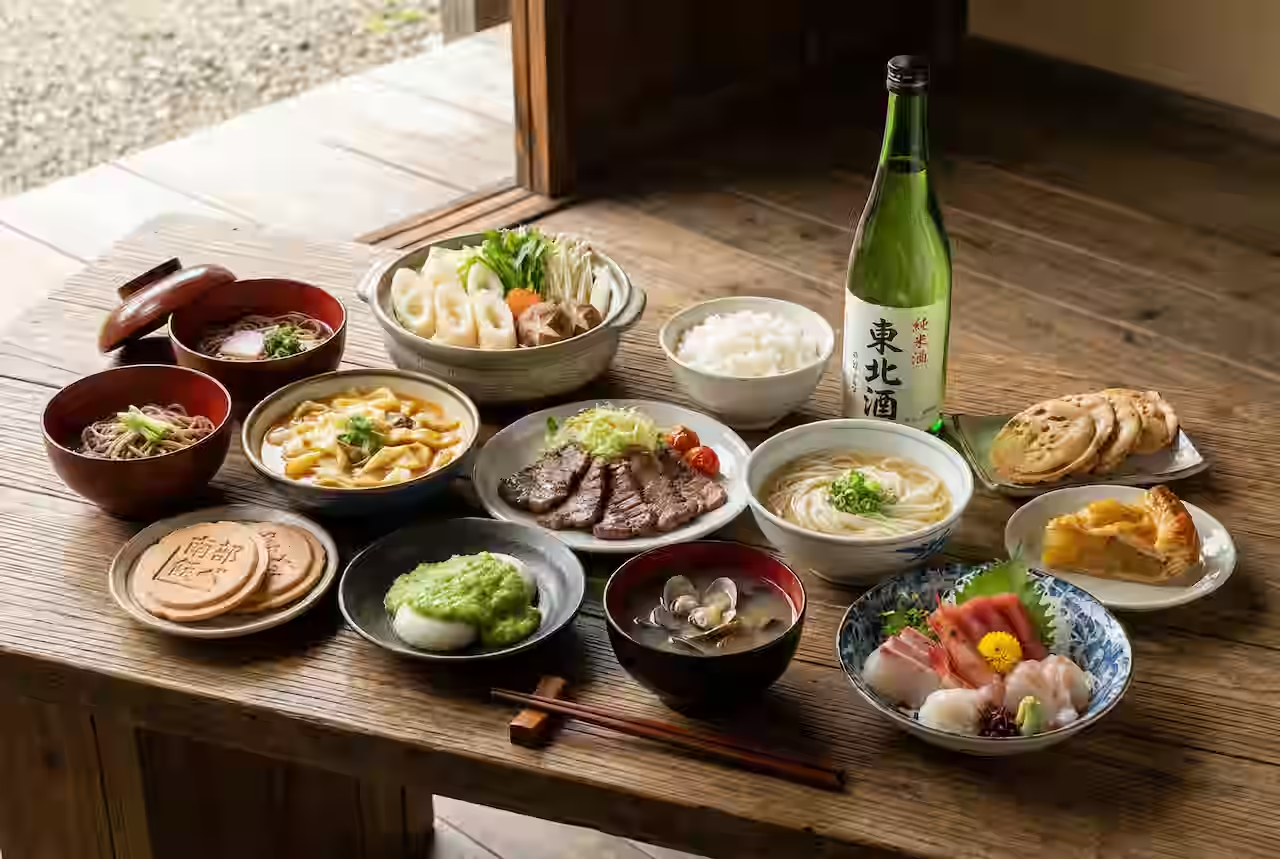

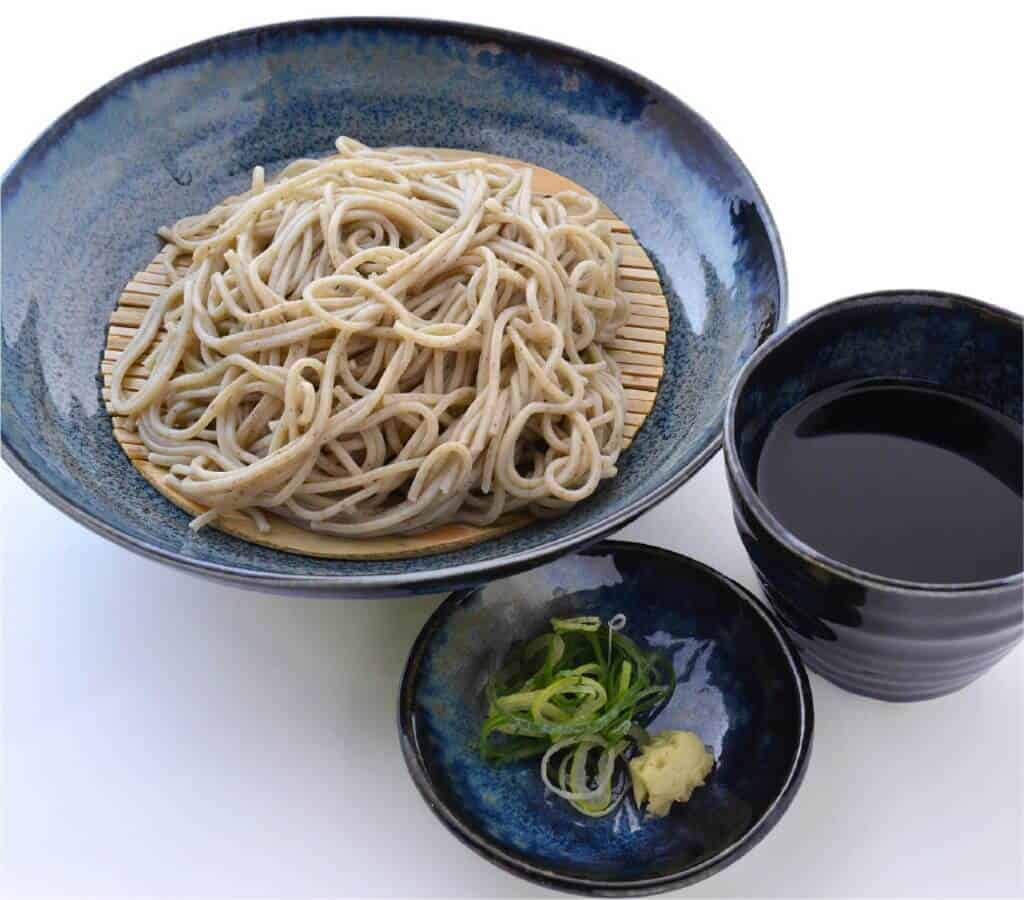
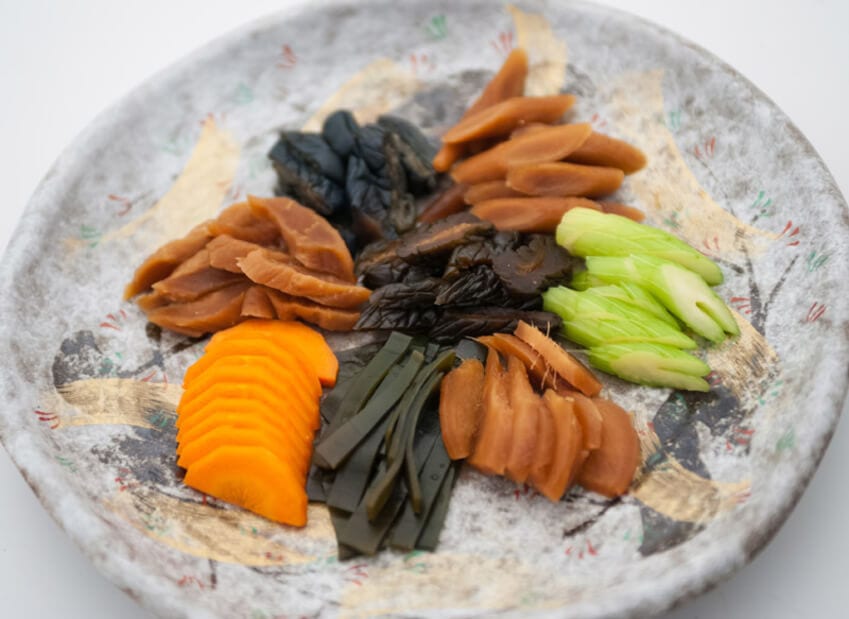

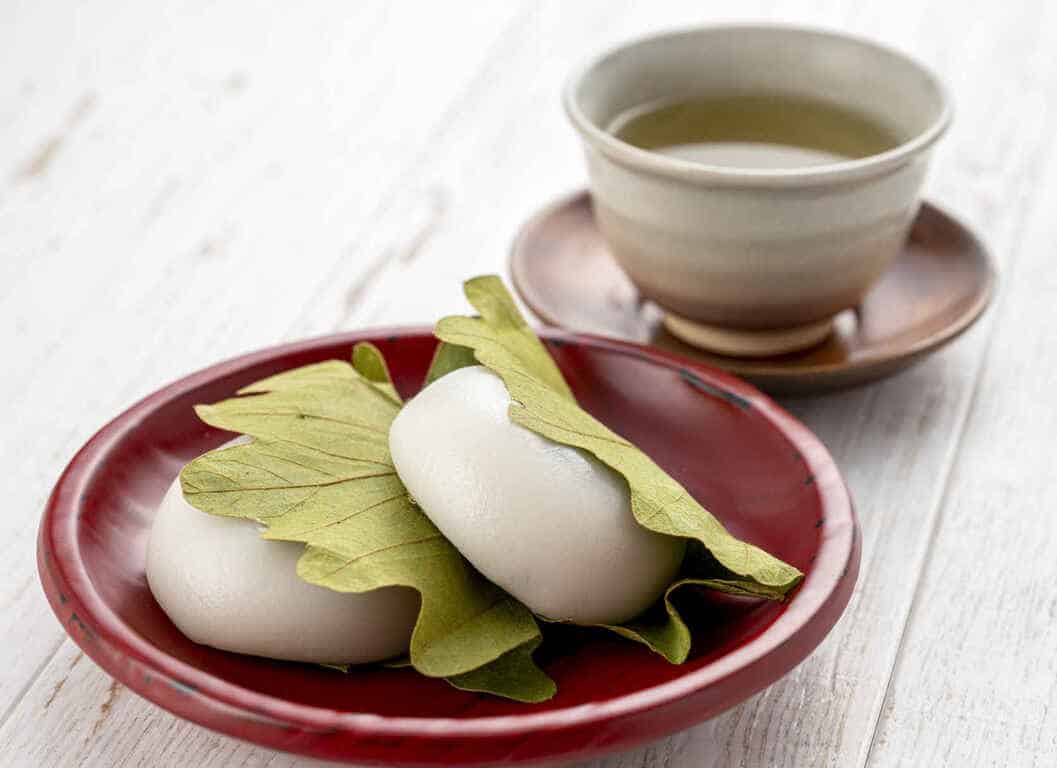
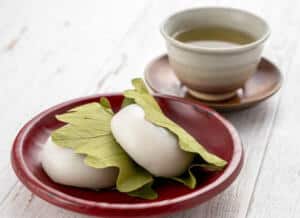
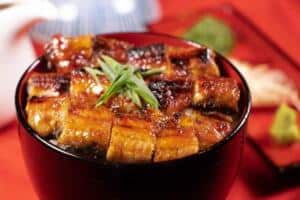
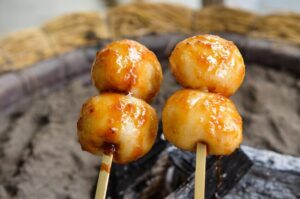
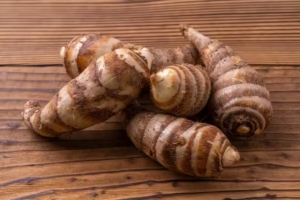
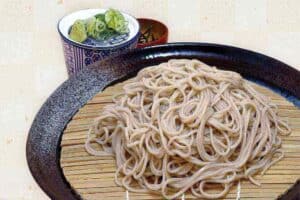
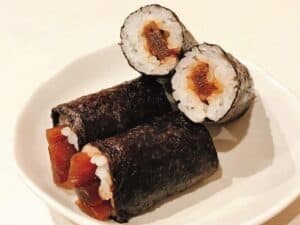
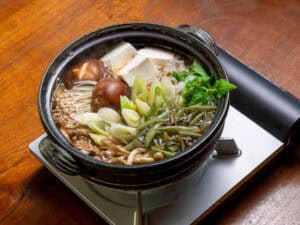
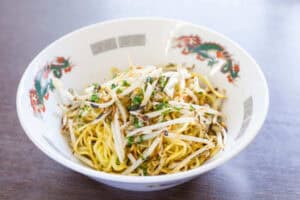
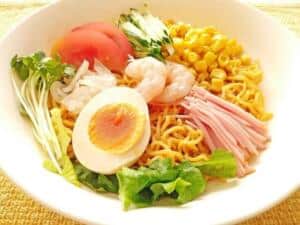
Comments